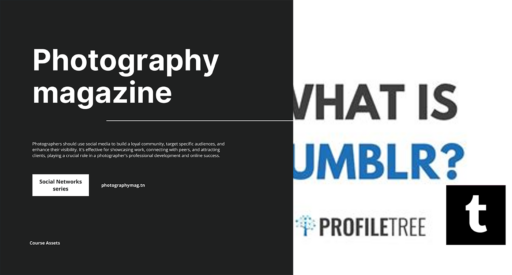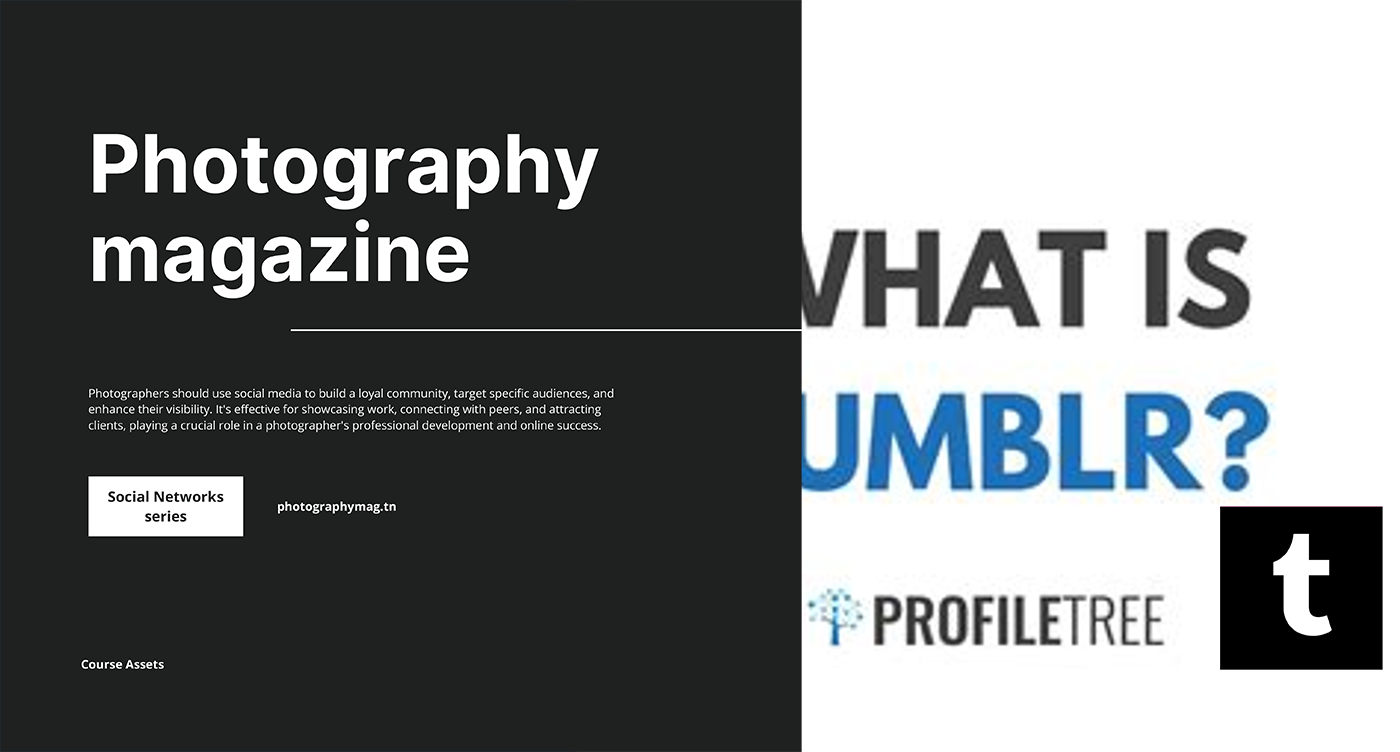The Rise of Tumblr: A Unique Blend of Creativity and Community
Oh, Tumblr! That quirky, eclectic corner of the internet where anything from cat memes to deep philosophical musings could coexist. It’s easy to see why it became a cultural phenomenon in the early 2010s. Let’s take a lively stroll down memory lane and dissect what made Tumblr so irresistibly popular during its heyday.
The Birth of a Microblogging Marvel
Tumblr was born in 2007 but really came into its own around 2010. The magic of Tumblr lay in its identity as a microblogging platform. Unlike the exhaustive essays you might find on some other platforms, Tumblr encouraged brevity and creativity. Users could share short posts, images, GIFs, quotes, and videos in a visually appealing and accessible way. It was like the digital equivalent of a scrapbook, minus the glue (thank goodness, because messes like that can result in some sticky situations—pun intended).
A Playground for Niche Communities
One of Tumblr’s standout features was its ability to attract diverse niche communities. Artists, writers, dancers, photographers, and all forms of creative expression flourished in a space that celebrated individuality. Did you like obscure TV shows or fandoms that nobody else cared about? There was a Tumblr for that! It became a haven for those who felt misunderstood by mainstream culture.
- Fandoms Galore: Whether it was Superwholock (a blend of Supernatural, Doctor Who, and Sherlock), Harry Potter, or the latest trending anime, the platform cultivated vibrant fan communities that bonded over shared interests.
- Artistic Expression: The plethora of digital art and fan fiction exploded during this time, offering creators a space to showcase their talents and gain recognition.
- Social Justice: Movements rooted in activism also found a voice on Tumblr, paving the way for discussions about politics, race, and gender that were both enlightening and entertaining.
The Love for Reblogging
Let’s not forget about the reblogging phenomenon. This was Tumblr’s way of allowing users to amplify their voices without creating original content. If someone posted something that made you laugh so hard you snorted, you could simply reblog it for your followers. It was a form of social media’s version of “I can’t even”—and it worked magically.
The ease of reblogging created a cycle where content could go viral overnight. This was the birthplace of memes and internet culture as we know it today—a space where humorous commentary met the worlds of pop culture and politics.
The Aesthetic was Everything
Let’s talk about the aesthetics. Oh, those themes! Tumblr let users personalize their blogs with a variety of themes — because why have a plain-looking blog when you could have one that resembled a neon-lit café or a pastel wonderland? Customization fueled imagination and allowed everyone to express themselves visually.
Artists often shared their creations, bloggers curated stunning visual galleries, and design enthusiasts optimized their pages into works of art. The sense of community was palpable as users bonded over beautifully crafted visuals. The thing is, while some people were expressing themselves through words, others were creating entire atmospheres!
GIFs and Visual Joy
GIFs were not just a trend; they were a language. Tumblr became the primary hub for animated GIFs, transforming how we communicate online. Why say something when you can просто have an animated cat react to it instead? These little moving pictures encapsulated human emotions and inadvertently laid the groundwork for today’s meme culture.
In fact, with the rise of rapid-fire communication, a single reaction GIF could express what would take a thousand words, allowing users to engage in discussions without scoring major points for verbosity.
The Allure of Anonymity and Pseudonymity
While users on Facebook and Instagram often showcase *polished* versions of their lives, Tumblr allowed for a bit more freedom to embrace the weird. Anonymity and pseudonymity were part of Tumblr’s charm, and many users thrived in it. You could be the eccentric poet nobody knew while sharing your thoughts without a single person batting an eye. It was a realm of self-exploration where even the shyest individuals could voice their deepest thoughts.
- Anonymous Ask Feature: This little gem let users send questions or comments anonymously. It sparked confessions, flirting, and all sorts of outrageous conversations that kept the experience engaging.
- Personal Identity Exploration: Users could express evolving identities from sexuality to spirituality, expanding ideas and providing supportive communities for everyone.
The Community Bonding That Transcended Borders
Unlike many of its competitors, the unique blend of [mainstream culture, subculture, and personal expression](https://www.tumblr.com/) fostered a community spirit that felt, well, *tangible*. Users worldwide shared experiences, bridging cultural gaps that seemed daunting before. From humorous comics about daily struggles to poignant discussions about social issues, it became a shared space for reflection and interaction.
Tumblr didn’t just allow for participation; it encouraged it. Whether users were reposting content or diving into hot debates on social justice, they forged connections that sometimes transcended geographical boundaries.
Tumblr: The Antithesis of Polished Influencer Culture
In an era where polished influencer content dominated social media, Tumblr provided a refreshing alternative. Forget perfect selfies and curated feeds; here was a place that thrived on whimsy, authenticity, and raw vulnerability. It encouraged people to embrace their flaws and quirks, showcasing reality in a way that felt refreshing amidst all the glam on other platforms.
Even when you were having a tragic mental breakdown about your favorite show being canceled, there was someone out there sharing the same deep emotions. It felt less like a ‘bad day,’ and more like a shared comedic tragedy.
The Advent of Social Activism
In the early 2010s, social activism blossomed on Tumblr. Users leveraged the platform to raise awareness about issues like mental health, LGBTQ+ rights, and body positivity. Hashtags became rallying cries, mobilizing action and creating digital communities in the process.
It was like a college campus buzzing with ideas—only this campus was online and filled with people who often had no intention of leaving their couches. The intersection of creativity and activism made Tumblr a hub for discussion, crafting a sense of urgency around important issues while also allowing for snarky comments and memes. A twofer, if you will!
Challenges and the Changing Landscape
However, like the best romances, Tumblr had its ups and downs. As Instagram, Snapchat, and TikTok rose to prominence, Tumblr faced challenges in maintaining its user base. Although it still remains a digital playground, the massive influx of new platforms caused some nostalgia-driven users to stow their quirky crests in the metaphorical attic of the internet.
With the rise of video content and more visually curated storytelling, Tumblr struggled to keep pace. This led to a bittersweet nostalgia for those “good old days” when things felt simpler, and a trip into the Tumblr black hole was both exhilarating and exhausting.
In Conclusion: The Undying Spirit of Tumblr
Tumblr was far more than just a blogging platform; it became a cultural phenomenon that encapsulated quirky self-expression, a close-knit community of niche interests, and a space where the raw and the ridiculous came together. It paved the way for modern internet culture, influencing how we communicate emotion, humor, and advocacy.
So, in answer to the question, *Why was Tumblr so popular?* The replies are endless. It was a melting pot of creativity, a haven for unique voices, and a communal diary filled with the good, the bad, and the absolute weirdness of humanity. As we reminisce about the Tumblr era, we can only wish to carry its spirit of authenticity into the next wave of social media. And maybe, just maybe, artfully arcane text posts will rise to prominence again. Until then, cheers to Tumblr—the chaotic yet beautiful tapestry of internet culture!





